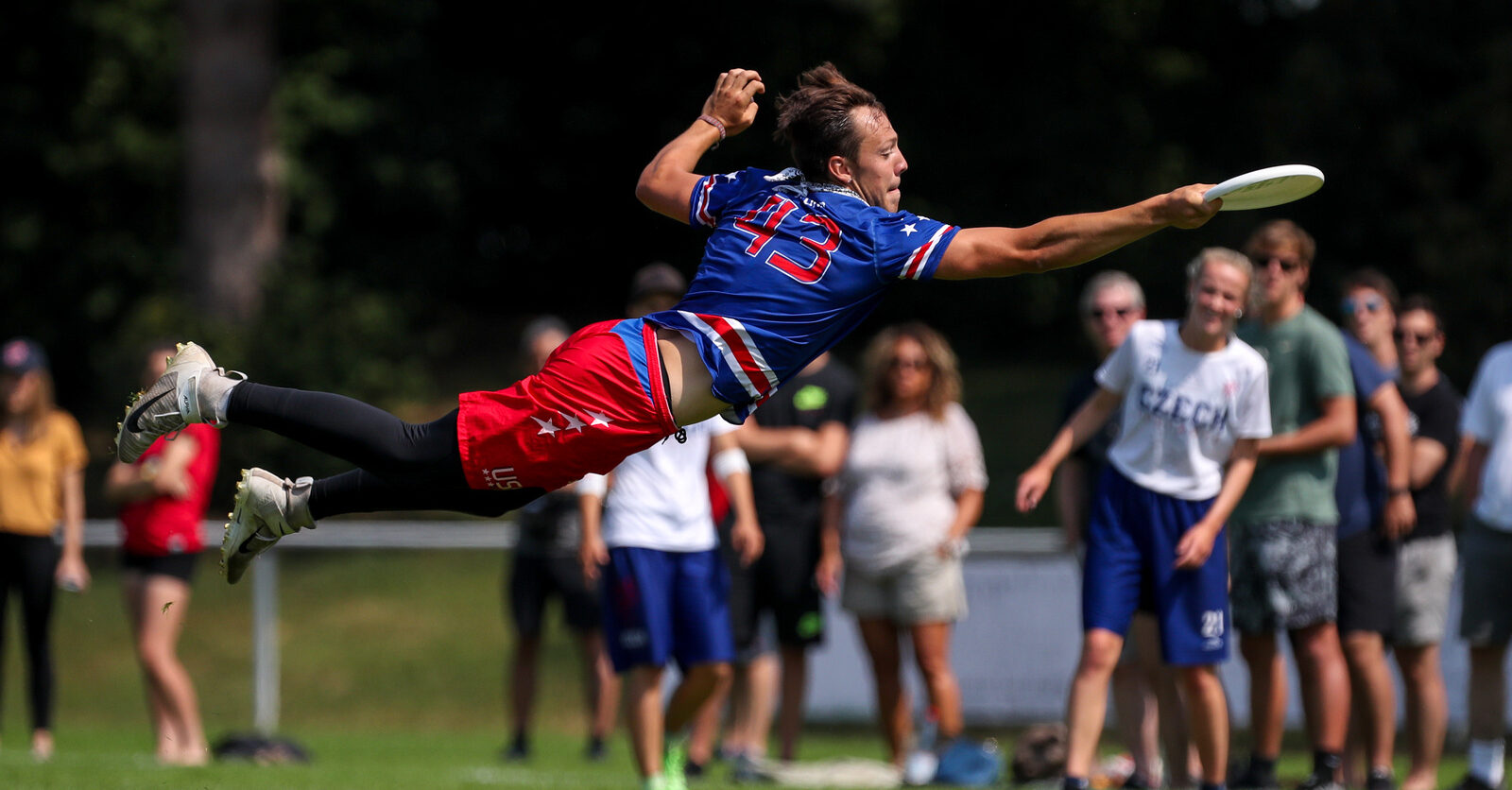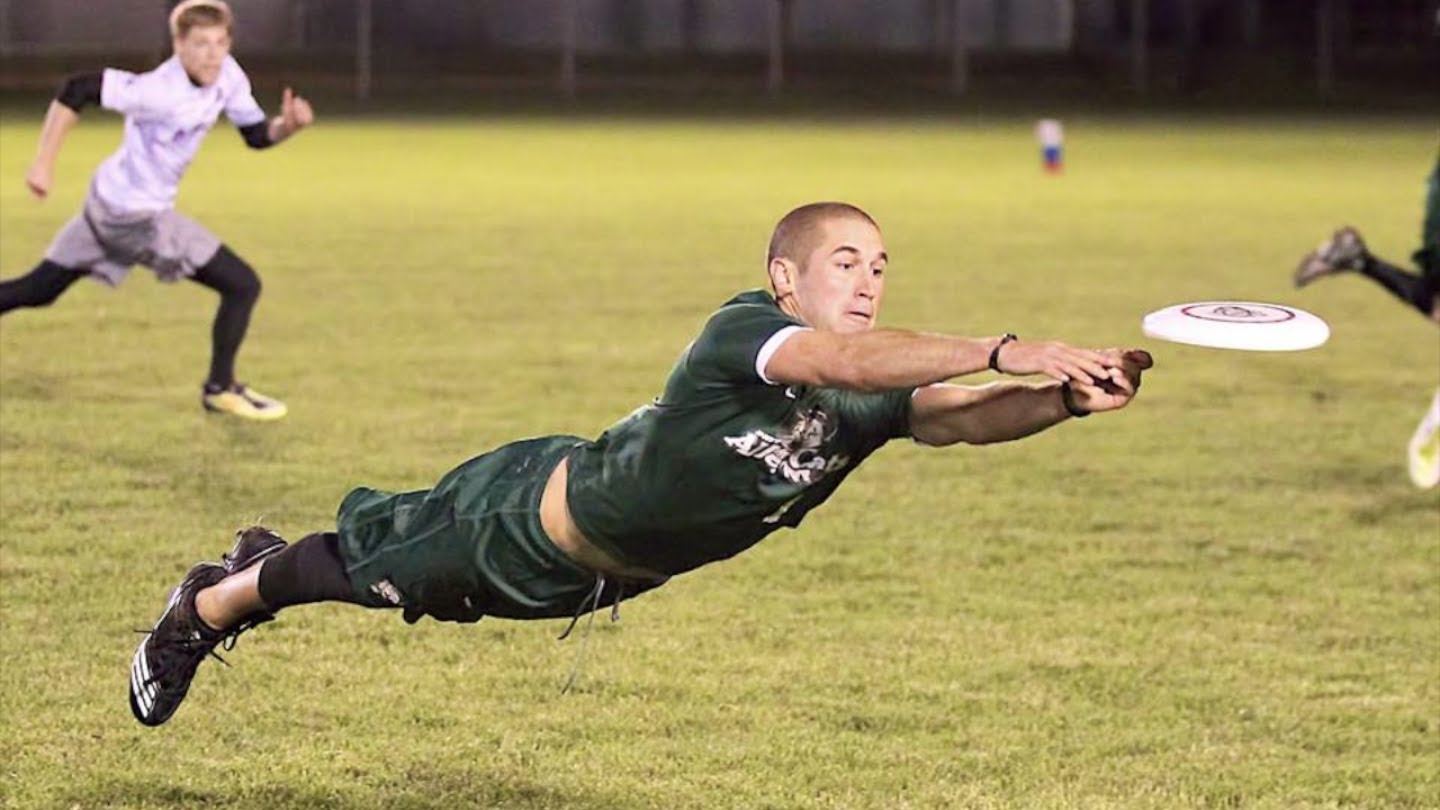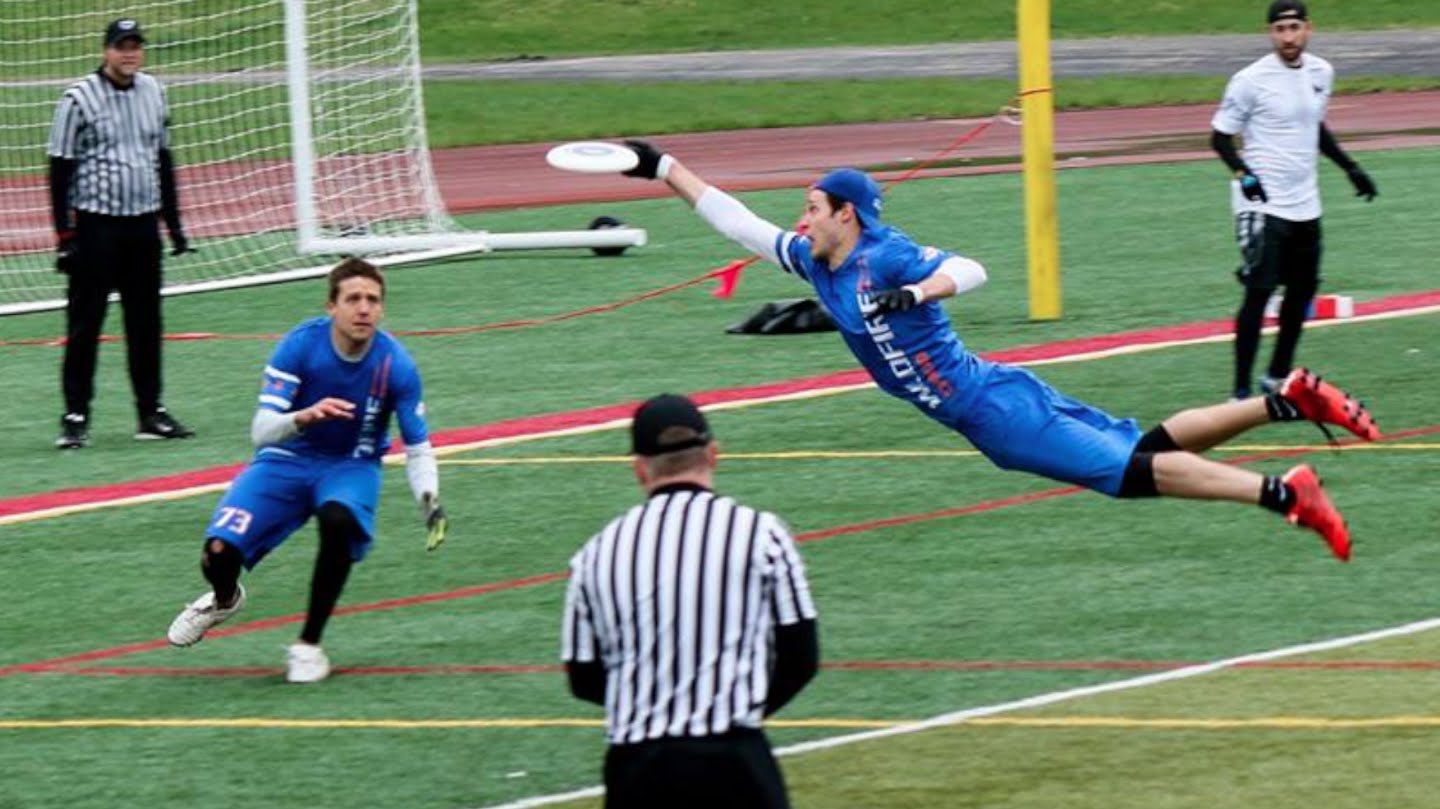Ultimate Guide To Movie Rulz Hollywood - Everything You Need To Know
Have you ever sat watching a big screen story and just felt that sense of wonder, that pull into another place, a feeling that everything just clicks into place? It's almost like there's some secret recipe, a hidden playbook that the folks making movies in Hollywood follow to create those experiences that really stick with us. You see, there's more to it than just cameras and famous faces; there are ways of doing things, sort of like a shared understanding that helps these stories come to life in a way that feels just right to a lot of people. It's pretty interesting, if you think about it.
These aren't written down laws in a book you can buy, not really. Instead, they are more like common practices, patterns that have shown themselves to work time and time again in getting a story across. They help movie makers make sure that when you sit down with your popcorn, you are going to get something that makes sense, something that moves along at a good pace, and something that, well, feels like a movie. It's about making sure the audience can easily follow along, feel things, and get caught up in what's happening up there on the screen, so.
This piece is here to give you a bit of a peek behind the curtain, to show you some of those general ways things are done in the world of big screen stories, especially those coming out of Hollywood. We'll look at some of the common threads that tie many of these productions together, giving them that familiar feel we often expect. You might find it pretty neat to see how these ideas come into play, giving shape to the pictures we love to watch, you know.
- Tia Kemp Bio Unveiling The Life And Achievements Of A Multifaceted Personality
- Phil Wickham A Journey Through Love Faith And Cancer
- Jonas Vingegaard Weight Unveiling The Secrets Behind The Champion Cyclists Physique
- How Did Aubreigh Wyatt Pass Away
- Livvy Dunne Leaked Video A Comprehensive Overview
Table of Contents
- What Makes Hollywood Movies Tick?
- The Unspoken Codes Behind Hollywood's Ultimate Movie Magic
- How Do Stories Get Told in Hollywood?
- Building a Narrative- The Hollywood Movie Blueprint
- Are There Rules for How Movies Look and Sound?
- The Visual Language of Hollywood Movie Storytelling
- What About the Big Picture of Hollywood Productions?
- Making Sense of the Hollywood Movie Business
What Makes Hollywood Movies Tick?
When you think about movies that really grab you, the ones that stick with you long after the credits roll, there's often a sort of rhythm to them, a way they unfold that just feels natural. This isn't by chance; it's the result of many years of people figuring out what makes a good story work on a large screen. There are these general ideas, almost like guiding principles, that help shape the way a film is put together. They are about how the story moves, how characters change, and how everything comes together to make you feel something. It's a bit like learning the steps to a dance; once you know them, you can create something quite beautiful, you know.
One of the main things that makes these films so engaging is how they set up a problem and then work through it. Think about it: a character wants something, or something stands in their way, and the whole story is about how they try to get past that. This setup creates a feeling of wanting to see what happens next, a sense of anticipation. It's a rather simple idea, but it's very powerful in keeping people glued to their seats. This basic pattern is something you'll find in nearly every big screen story, providing a solid foundation for everything else that happens.
There's also a strong focus on how characters grow or change. Nobody stays the same from the beginning to the end, not really. The events of the story push them, challenge them, and make them see things differently. This journey of a character, their personal path through the events of the film, is a big part of what makes us connect with them. We see a bit of ourselves in their struggles and triumphs, and that makes the whole experience much more meaningful. It's about showing how people deal with what life throws at them, which is something we can all relate to, so.
- Cillian Murphy Young A Journey Through His Early Life And Career
- Is Kurt Russell Alive The Truth Behind The Rumors
- Exploring The Cinematic Legacy Of Mel Gibson Movies
- Storage Wars Brandi A Deep Dive Into The Life Of A Reality Tv Star
- Did Frank Fritz From American Pickers Pass Away Unraveling The Truth
The Unspoken Codes Behind Hollywood's Ultimate Movie Magic
Hollywood films, quite often, follow a kind of structure that has been proven to work well for telling stories to a lot of people. This structure involves setting up the world, introducing the people involved, creating some kind of trouble, and then working through that trouble until things come to a close. It's a framework that helps keep the story moving forward and makes sure that all the pieces fit together in a way that makes sense to the viewer. This is, in some respects, a very common way to build a story that feels complete and satisfying.
Another one of these unspoken codes has to do with how clear things are. When you watch a movie, you generally know who the main people are, what they want, and what's at stake. There isn't usually a lot of guessing about the basic setup. This clarity helps the audience settle in and get comfortable with the story before things get too complicated. It's about making sure everyone is on the same page from the start, which is pretty important for a story that needs to reach a wide audience, you know.
Also, there's a certain way that emotions are often handled. Films from Hollywood often aim to make you feel things quite strongly, whether it's happiness, sadness, excitement, or fear. They use music, visuals, and the actors' performances to really push those feelings. It's about creating an experience that affects you on a deeper level, making the story more memorable. This focus on emotional impact is a pretty big part of what gives these movies their special pull, I mean.
How Do Stories Get Told in Hollywood?
When you think about how stories get from an idea to a full-fledged movie, there's a lot of careful thought that goes into it. It's not just about writing down some words; it's about arranging those words and ideas in a specific way so that they work on the screen. How a story is told, the order of events, the way information is given out, all of that plays a big part in how we experience the film. It's about guiding the audience through the story in a way that keeps them interested and connected, so.
One common way stories are told involves a clear beginning, a middle where things get complicated, and an end where things get sorted out. This straightforward approach makes it easy for viewers to follow along and understand what's happening. It's a bit like following a path; you start at one point, walk through some twists and turns, and then arrive at your destination. This clear path helps keep the story from feeling confusing or messy, which is something people generally appreciate when watching a film.
Sometimes, though, stories might play around with time a little. They might show you something from the past to explain something happening now, or they might jump forward to give you a hint of what's to come. Even when they do this, there's usually a clear reason for it, and it's done in a way that doesn't completely throw you off. It's about adding a bit of spice to the storytelling without making it too hard to understand, you know. These little shifts in time can add depth to the overall picture.
Building a Narrative- The Hollywood Movie Blueprint
Building a story for a Hollywood film often starts with a central idea, something that sparks interest. From there, it's about figuring out who the story is about, what they want, and what stands in their way. This is the basic framework, the skeleton of the story, if you will. It helps ensure that there's a clear purpose behind all the events that happen, giving the whole film a sense of direction. It's a bit like drawing up plans for a building before you start putting up the walls, which is pretty sensible.
Then comes the part where the story gets fleshed out. This involves creating scenes, writing conversations, and thinking about all the little moments that make up the bigger picture. Each scene usually has a purpose, moving the story forward or telling us something new about the people involved. There's a careful balance in how much information is given out at any one time, making sure not to overwhelm the audience but also keeping them curious. This attention to detail helps make the story feel rich and full, honestly.
The way conflicts are handled is also a big part of this blueprint. Problems don't just appear and then disappear. They usually get more intense, leading to a big moment where everything comes to a head. After that, there's a winding down, a resolution where the main issues are dealt with. This pattern of rising tension and eventual release is very common, and it helps create a satisfying experience for the viewer. It's about taking the audience on a ride, with ups and downs, before bringing them to a good stopping point, you know.
Are There Rules for How Movies Look and Sound?
Absolutely, there are definitely common ways things are done when it comes to how a movie looks and sounds. It's not just about pointing a camera and recording; there's a whole language involved in how images are framed, how light is used, and how sounds are put together. These choices are made to help tell the story, to make you feel a certain way, or to draw your attention to something important. It's like painting a picture or composing music, but with moving images and recorded sounds, you know.
For instance, the way a camera is placed and what it shows can tell you a lot without anyone saying a word. A shot that shows a lot of the surroundings might make a character seem small or lost, while a close-up shot can really highlight their feelings. These visual choices are very much a part of how the story is communicated. They help set the mood and give you clues about what's going on, even if you don't consciously think about them. It's a rather subtle but powerful way of getting ideas across, so.
Sound, too, plays a huge part. It's not just the words people say; it's the background noises, the music, and even the silence. All of these elements are used to create a certain atmosphere, to build excitement, or to make a moment feel more dramatic. Think about a scary movie; the quiet moments before a loud noise can be just as effective as the noise itself. This careful use of sound helps pull you deeper into the world of the film, making the experience more real, you know.
The Visual Language of Hollywood Movie Storytelling
When we talk about the visual language in the context of Hollywood movie storytelling, we're thinking about how colors are used, how light and shadow play across the screen, and how things are arranged within each shot. These elements aren't just there by chance; they are chosen to convey meaning and emotion. For example, warm colors might be used to suggest comfort or happiness, while cooler colors could point to sadness or danger. It's a way of speaking to the audience without using actual words, which is quite clever.
The way scenes are lit is another big piece of this visual puzzle. Bright, even lighting might make a scene feel open and friendly, while dark, shadowy lighting can create a sense of mystery or fear. These choices directly affect how you feel about what you're seeing. It's about shaping the mood of the moment, making sure the visuals support the story's emotional tone. This careful control of light is, in some respects, a very important tool for filmmakers.
Also, the movement within the frame, whether it's the camera moving or the people and objects moving around, is very much a part of this language. A fast-moving camera might make you feel like you're right in the middle of the action, while a slow, steady shot could create a feeling of calm or contemplation. These movements guide your eye and influence your feelings about what's happening. It's about creating a flow that feels natural and helps tell the story in a very visual way, you know.
What About the Big Picture of Hollywood Productions?
Beyond the story and the way it looks and sounds, there's a whole other side to Hollywood productions that involves how they are made and how they get to you. This "big picture" includes things like who gets to make the decisions, how much money is involved, and how the movie finds its way to theaters or your living room screen. It's a complex process, with many different parts working together to bring a film to life and then to a wide audience. It's pretty interesting, actually, to think about all the steps involved.
One part of this big picture is the idea of making movies that appeal to a lot of people, not just in one country but all over the world. This often means choosing stories that have a universal appeal, themes that most people can relate to, no matter where they live. It also means making sure the film can be easily understood by different cultures. This focus on a wide audience shapes many of the choices made during a film's creation, from the story itself to the actors chosen, so.
There's also the idea of a film being a "product," something that needs to be sold and shared. This means there's a lot of thought put into how the movie will be talked about, how it will be shown to the public, and how people will be encouraged to go see it. It's not just about making a great film; it's also about making sure people know it exists and want to experience it. This side of things is very much about getting the movie out there to as many people as possible, you know.
Making Sense of the Hollywood Movie Business
Making sense of the Hollywood movie business, as part of the ultimate guide to movie rulz hollywood, involves understanding that films are both art and a form of business. There are people who put up the money, and they want to see that money come back, plus some more. This means that decisions about what movies get made, how big they are, and who is in them are often influenced by what people think will be popular and bring in viewers. It's a careful balance between telling a good story and making sure it's something people will pay to see, you know.
The way movies are shared with the public is also a big part of the business side. First, they might go to movie theaters, then perhaps to streaming services or for purchase on home devices. Each step in this process is carefully planned to reach different groups of people and to get the most out of the film. It's about creating different ways for people to see the movie, making it available to a wide range of viewers over time. This phased release is, in some respects, a very common way to handle things.
Finally, there's the ongoing process of seeing what works and what doesn't. The people involved in the movie business are always looking at what kinds of stories people are enjoying, what actors are popular, and what new ways of telling stories are catching on. This constant learning helps shape what kinds of movies get made in the future, keeping the industry moving forward and trying new things. It's a pretty dynamic environment, always changing and adapting to what audiences want, so.
So, we've gone over some of the general ways things are done in the world of Hollywood films, from how stories are put together and how characters move through their experiences, to the visual and sound elements that shape our viewing, and even a little bit about the business side that brings these creations to us. These common patterns and practices help make the movies we see feel familiar and engaging, giving them that special something we often look for. It's about a shared understanding that helps bring these grand stories to life on the screen.
- What Happened To Harry Connick Jrs Face A Deep Dive Into The Transformation
- Tia Kemp Bio Unveiling The Life And Achievements Of A Multifaceted Personality
- Tom Selleck S Life In Photos
- Mamitha Baijus Father A Deep Dive Into His Life And Influence
- Livvy Dunne Leaks The Truth Behind The Controversy

Discover Ultimate | USA Ultimate

¿Qué es el 'últimate' y cuáles son sus reglas? | Antena 2

LA PROFE DE EDUCACIÓN FÍSICA: ULTIMATE: EL JUEGO DEL FRISBEE